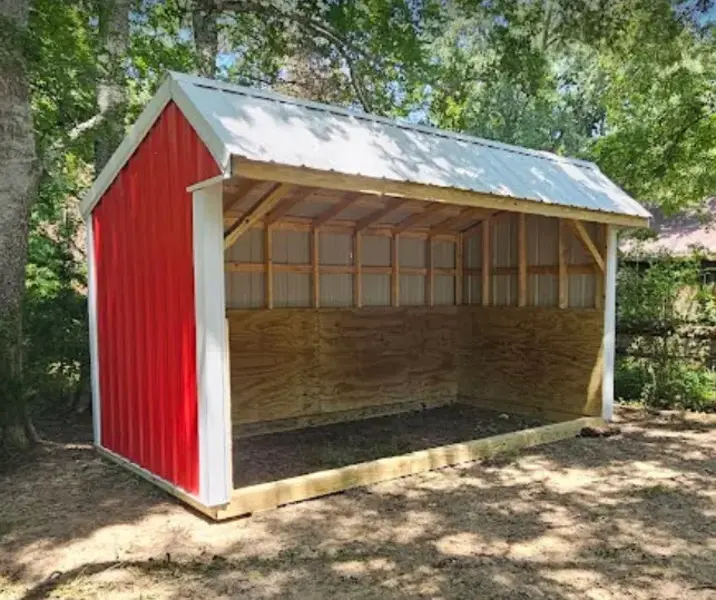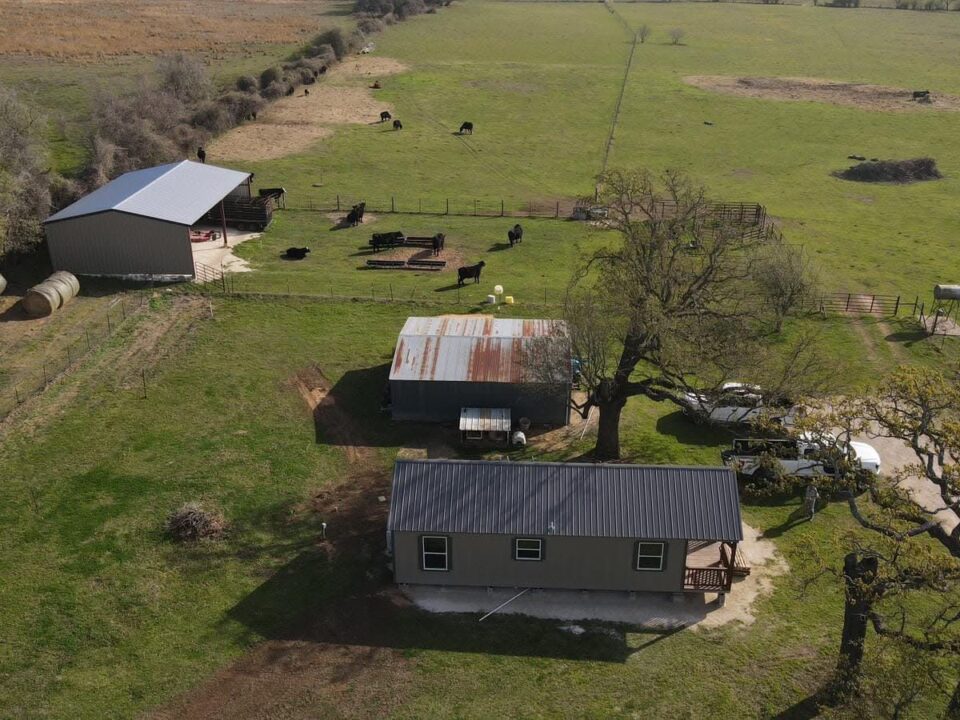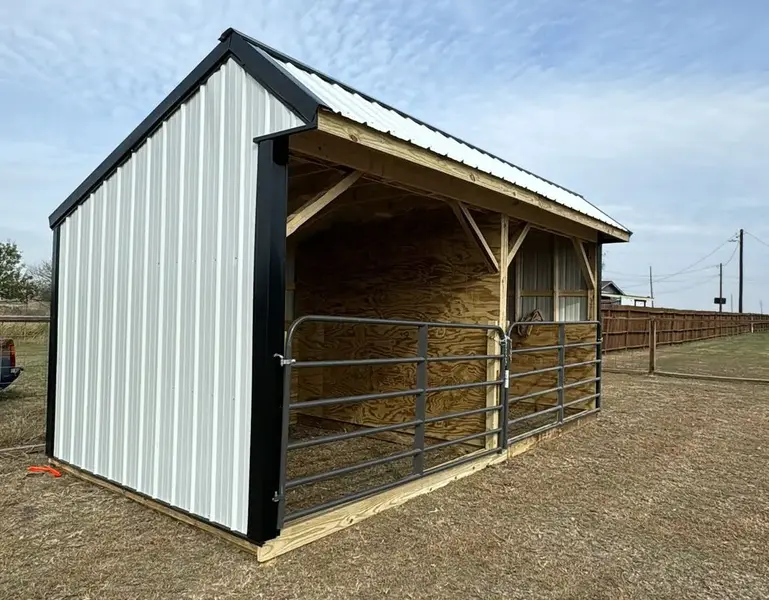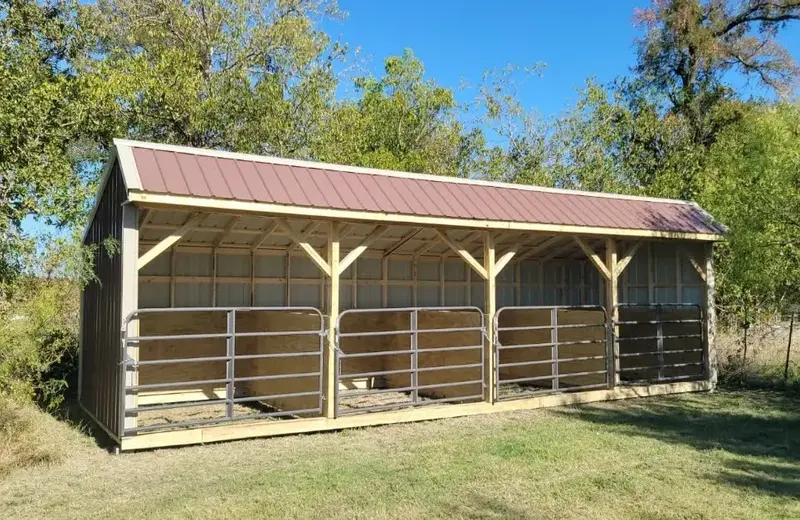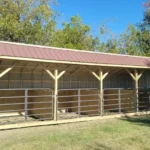
🐴 Custom Animal Shelter: The Best For Your Livestock Needs
May 22, 2025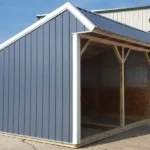
🐴 Why Custom Animal Shelters Are Worth the Investment
May 24, 2025Animal Shelter Maintenance: The Ultimate Guide
Keeping up with animal shelter maintenance isn’t just about appearances — it’s about protecting your animals, your investment, and your daily routine. Whether it is for your goats, horses, chickens, or dogs, a clean and well-maintained shelter means healthier livestock, longer-lasting structures, and easier chores.
This guide walks through how to maintain livestock shelters, avoid common issues, and build habits that work in real life — especially if you’re managing a small farm, homestead, or rural property in Texas, Oklahoma, or Arkansas.
🧼 1. Create a Shelter Cleaning Schedule You Can Stick To
Routine cleaning is key to livestock shelter care. A regular cleaning schedule keeps your animals healthy and your shelter in top condition.
Recommended cleaning routine:
-
Daily: Remove manure, wet bedding, and leftover feed
-
Weekly: Scrub feed and water stations, check flooring, and inspect pens
-
Monthly: Deep clean stalls, power wash surfaces, sanitize high-traffic zones
If you’re cleaning a goat shelter, chicken coop, or smaller portable barn, using lime or animal-safe disinfectants can help manage odors and moisture.
👉 Pro Tip: Post a simple shelter cleaning checklist near the entry so everyone in your household or crew is on the same page.
🔍 2. Inspect for Structural Damage and Repairs
Routine walk-throughs are one of the easiest ways to avoid bigger problems. Keep an eye out for:
-
Loose or warped boards
-
Rusting or missing hardware
-
Chewed trim, frayed insulation, or bent fencing
-
Leaky roofs or standing water
-
Worn seals around doors and windows
Even well-built livestock shelters in Texas and surrounding states take a beating from seasonal weather. Stay ahead of repairs by catching small issues early.
💨 3. Maintain Good Ventilation and Drainage
Proper ventilation is crucial in livestock housing upkeep. It controls moisture, reduces ammonia buildup, and improves airflow — especially important during hot Southern summers or wet springs.
Tips for airflow and drainage:
-
Keep roof vents clear of cobwebs and debris
-
Add ridge vents or screened openings near the ceiling
-
Make sure water drains away from the foundation
-
Elevate coops or sheds in low-lying areas
A well-ventilated animal shelter also helps prevent mold and mildew, which can affect both animals and the building’s lifespan.
💡 4. Stay on Top of Equipment and Utility Maintenance
If your shelter includes lighting, fans, or plumbing, don’t overlook those systems. Regular maintenance keeps them running safely and efficiently.
Include in your monthly checklist:
-
Test lights and outlets
-
Clean fan blades and housing
-
Check heat lamps and surge protectors
-
Flush water lines and check for leaks
-
Store extension cords away from bedding or feed
Preventative care like this is especially helpful in seasonal barn maintenance when you’re prepping for storms or temperature swings.
🧂 5. Prevent Pests and Mold
Rodents, insects, and moisture can quickly turn a clean shelter into a health risk. Here’s how to stay ahead of it:
-
Use sealed containers for grain and feed
-
Sweep up spills daily
-
Seal small holes or gaps in walls and floors
-
Keep bedding dry, especially during rainy seasons
-
Use barn-safe dehumidifiers or moisture absorbers where needed
These steps are especially useful if you’re managing small livestock shelters like chicken coops or goat barns, where airflow and space are limited.
🛠️ 6. Adjust Maintenance by Season
In Texas, Oklahoma, and Arkansas, your livestock housing maintenance needs will shift with the seasons.
Summer:
-
Maximize airflow
-
Check water lines daily
-
Add shade or misting areas for comfort
Winter:
-
Insulate pipes and walls where needed
-
Add wind breaks or draft stoppers
-
Increase bedding to keep animals warm and dry
Spring/Fall:
-
Clear debris and prep for rainy conditions
-
Watch for mud buildup and insect activity
-
Prepare spaces for birthing or seasonal rotation
🗂️ 7. Keep a Maintenance Binder or Checklist
Having a place to track repairs, cleaning, and seasonal prep helps simplify your workload — especially if you rotate animals or share duties with others.
You can include:
-
Cleaning schedules
-
Maintenance logs
-
Ventilation and drainage notes
-
Pest control treatments
-
Supply inventory
📥 Need a template? Download our free printable checklist: Wolf Valley Animal Shelter Maintenance Checklist
🐴 Take Care of the Shelter That Takes Care of Your Animals
When your shelter is clean, safe, and well-ventilated, your animals stay healthier and your daily chores go smoother. Animal shelter maintenance doesn’t have to be complicated — just consistent.
Whether you’re upgrading your current setup or starting from scratch, Wolf Valley is here to help you build and maintain a space that works.
External Link:

